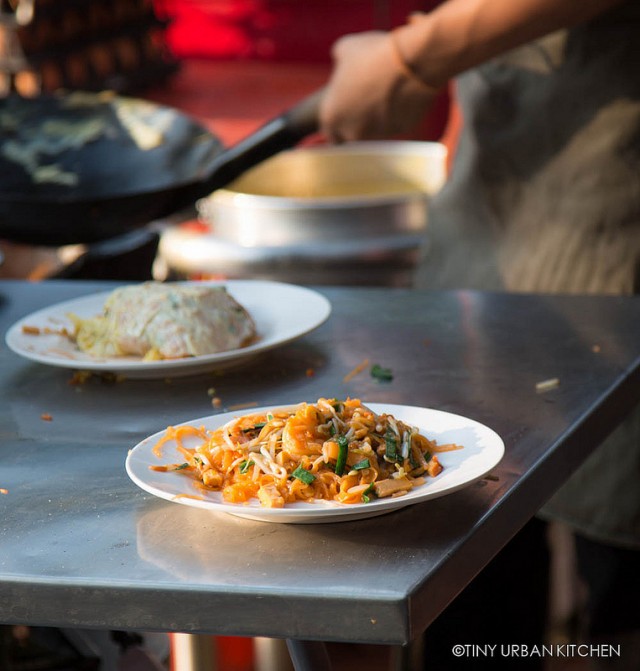
This is the first post in the Thailand! travel series of my eats in Bangkok.
Even people who hardly know a thing about Thai cuisine know the national dish Pad Thai.
I know because I was one of those people. My family never ate Thai food while I was growing up, most likely because we had very little access to it in the middle of Ohio. Even after I moved to Boston, my brief exposure to Thai food usually consisted of sweet, toned down, less-spicy versions of the real thing. If you asked me to name Thai dishes, the best I could squeeze out would be the commonly known "Pad Thai,", "Drunken Noodle,", and maybe "Pad See Ew."
I was really curious whether pad Thai was actually a really a common dish in Thailand, or it was something that was ubiquitous in America, but didn't really exist in Thailand.
As it turns out, pad Thai is all over Thailand now, though it wasn't always that way.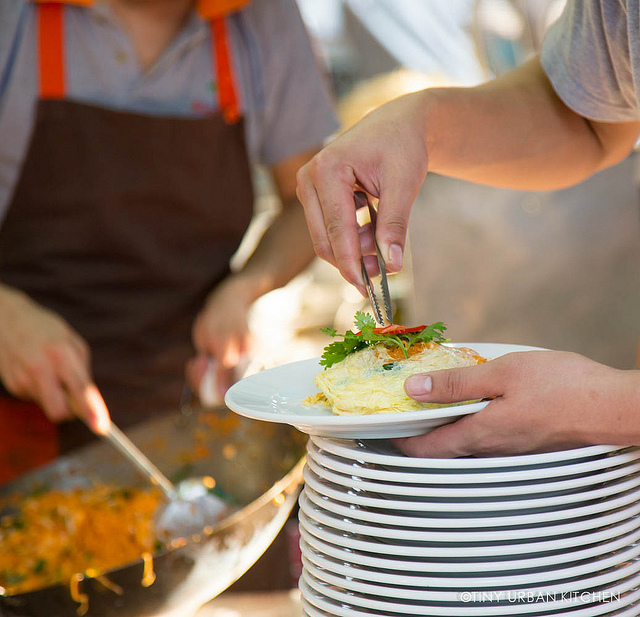
Pad Thai derives its roots from Vietnam, created when one stir fries Vietnamese "Pho" noodles together with Chinese ingredients such as preserved radishes, Chinese chives, dried bean curd, and shrimp. The humble noodle dish became a national dish in Thailand in the 1930's and 1940's under Prime Minister Luang Phibunsongkhram, who put on a massive campaign for the dish in an effort to promote patriotism, support local rice farmers, and unify the nation.
He disseminated the recipe for pad Thai around the country, encouraging people to sell this new national dish (renamed Pad Thai), on street carts all around the city. He encouraged Western cultures, such as the use of forks and spoons for eating and Western clothing.
The dish became a national sensation, and people began associating the dish with Thailand itself.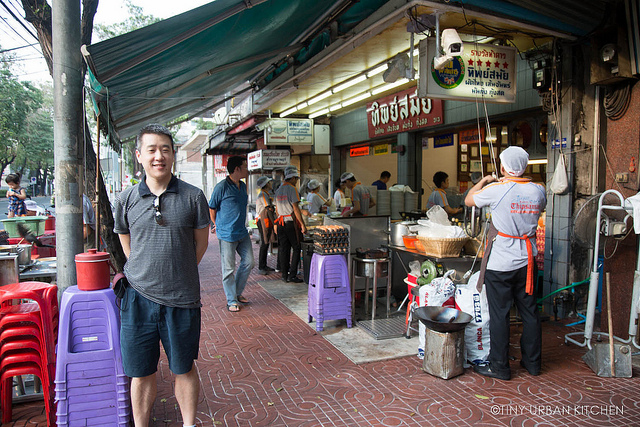
To this day, pad Thai is a dish that is mostly enjoyed in casual street stalls. Many will argue that proper, formal restaurants just don't serve good enough pad Thai. It's a dish that's meant to be enjoyed on the street.
So Bryan and I made the journey to seek out the most famous pad Thai in Bangkok.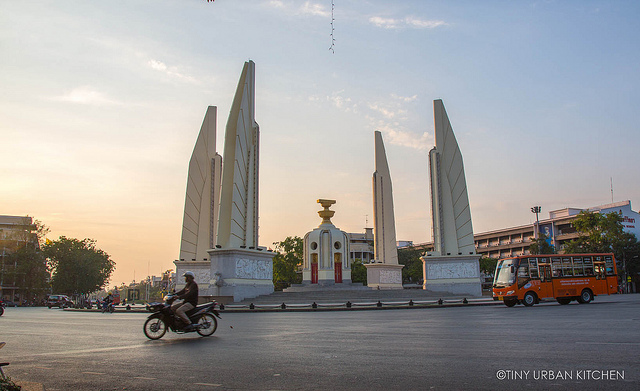
A healthy walk from Democracy Monument, this roadside unassuming restaurant called Thip Samai employs over a dozen people. It's fascinating to walk by and see all of them furiously churning out pad Thai.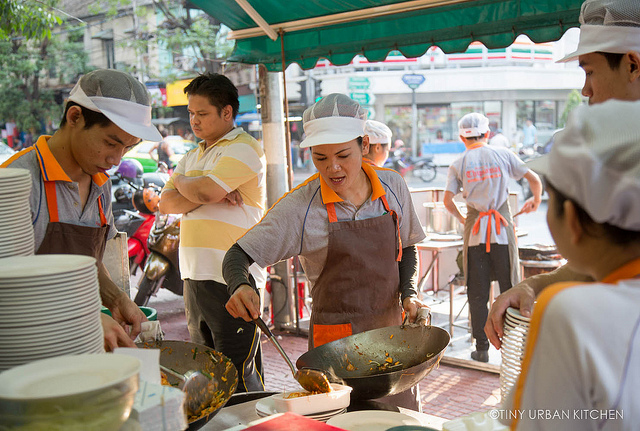
The restaurant opens at 5:00 PM, so don't expect to come for lunch. You will be sorely disappointed if you try (as many tourists have).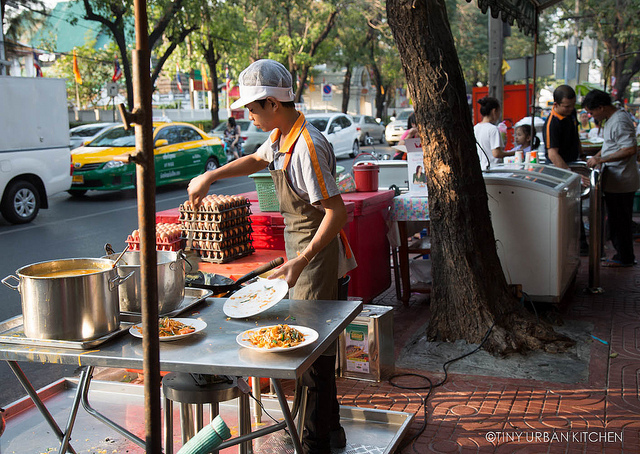 There are seemingly workers making pad Thai everywhere, even this guy cooking pad Thai out on the sidewalk in front of the restaurant!
There are seemingly workers making pad Thai everywhere, even this guy cooking pad Thai out on the sidewalk in front of the restaurant!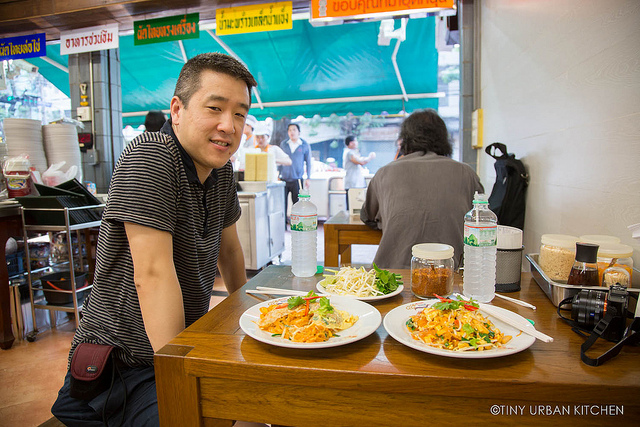
We sat inside, though you can see that the front of the restaurant is just open to the street. Because we came pretty early (close to 5:00 PM), we were able to easily grab a seat.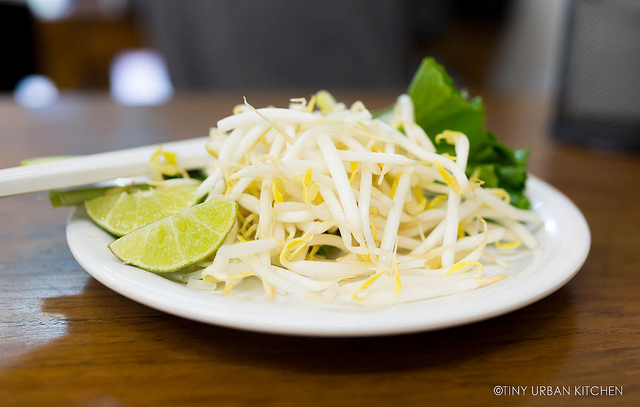
Every plate of pad Thai is served with a side of fresh bean sprouts, lime wedges, and other greens I couldn't identify.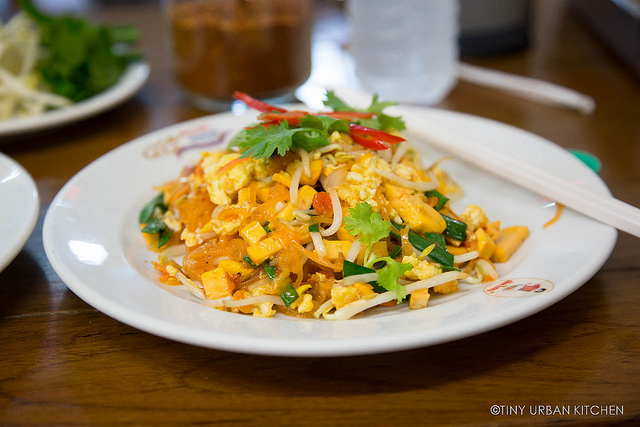
We ordered the Original Pad Thai, which was tasty and a bargain for the quality. The above dish costs 50 baht, or about $1.67 USD and was filled with all sorts of delicious ingredients, such as dried tofu, cilantro, Chinese chives, and eggs.
Thip Samai uses Chanthaburi Noodles, rice noodles that are dried out in the sun (instead of with machines). These noodles were a bit thinner than what I see in the States, and had a nice, chewy texture. The red color comes partly from the use of shrimp oil, which is made by cooking either dried shrimp or shrimp heads in hot oil.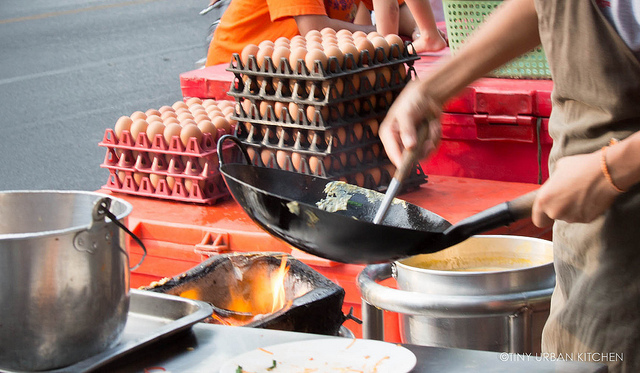
Pad Thai is cooked to order in steel woks on traditional charcoal stoves.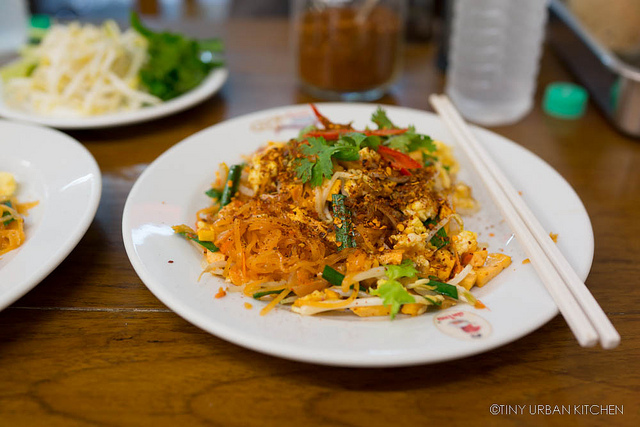
Bryan, who doesn't love sweet dishes, still found the pad Thai to be a bit sweet for his tastes, and told me he preferred other dishes in Thailand to this one. However, a few sprinkles of the chili pepper flakes made things much better for him.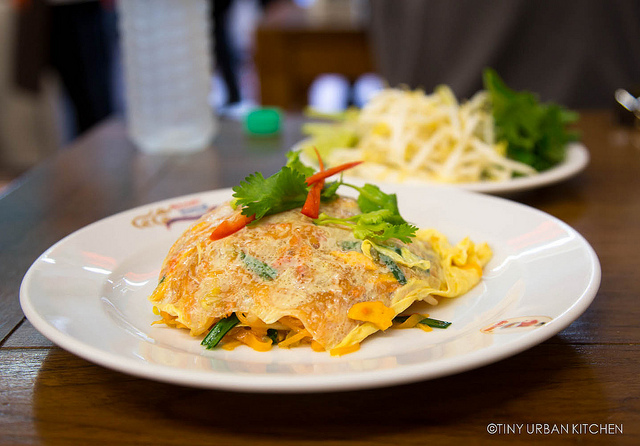 We also tried the "Superb Pad Thai" (70 Baht, or $2.30 USD), a twist on the original dish because the pad Thai noodles are wrapped in an egg omelet.
We also tried the "Superb Pad Thai" (70 Baht, or $2.30 USD), a twist on the original dish because the pad Thai noodles are wrapped in an egg omelet.
Everything was quite tasty, served fast, and cost next to nothing. I thought that the pad Thai reached a nice balance between salty (from the fish sauce), sweet (from the palm sugar), and sour (from the tamarind). I liked how the noodles were nice and chewy, and overall, the dish was very good.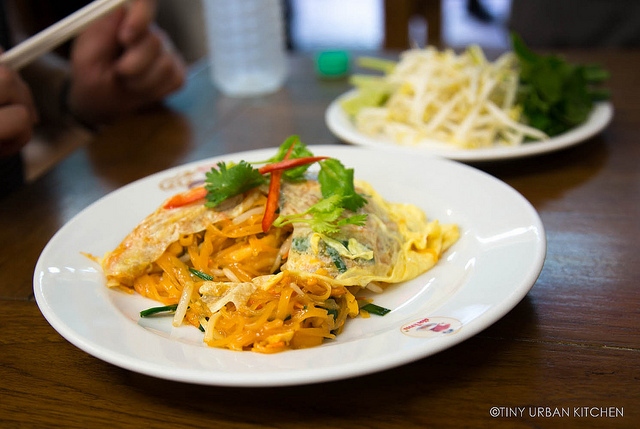 I'm not sure if it's the best pad Thai I had in Thailand. I took a few cooking classes while I was in Bangkok, and I would argue that some of those home cooked versions rivaled this one.
I'm not sure if it's the best pad Thai I had in Thailand. I took a few cooking classes while I was in Bangkok, and I would argue that some of those home cooked versions rivaled this one.
However, I do want to mention that I had just eaten at another street side restaurant prior to this, so the fact that I was already a little full may have also influenced my overall enjoyment of the meal. I bet if I were famished before coming here, I would be raving a lot more about this meal.
I still think it's totally worth coming to visit. It's a Bangkok institution, and it's fascinating just to see all these people making their crazy volumes of pad Thai the old, traditional way. Plus, the dish is really good, and it won't hurt your wallet the least bit.
Come early, to beat the lines. We came right at 5PM and had no trouble finding a seat. Thip Samai
Thip Samai
313 Maha Chai Road
Samran Rat, Phra Nakhon
Bangkok 10200
Thailand
Hours: 5:00 PM - 3:00 AM daily
sources: the morning news msihua
All Rights Reserved










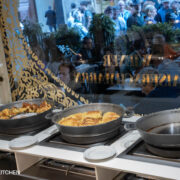
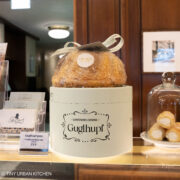
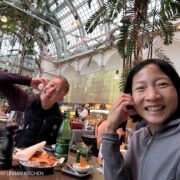
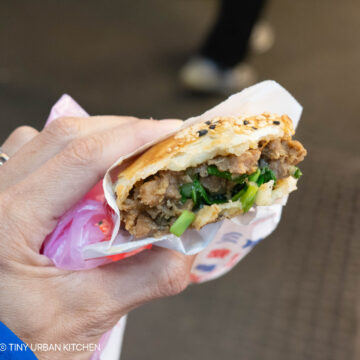
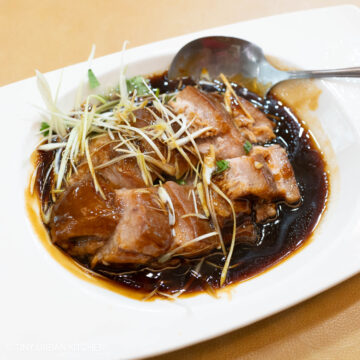
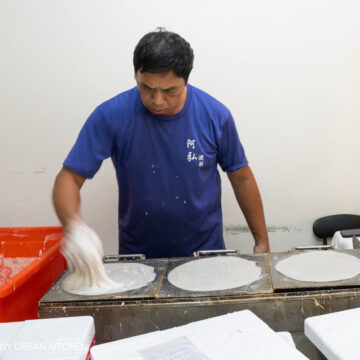
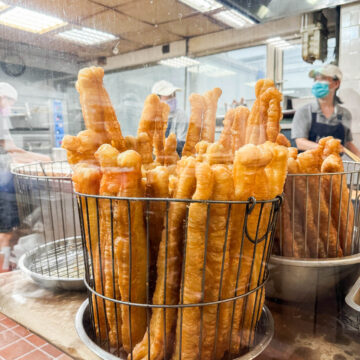
[…] that evening was at Thip Samai, reputed to have Bangkok’s best pad thai. The verdict: pretty damn good! We all had pad thai […]